As fall settles in and gardens start preparing for winter, planting milkweed offers a host of benefits. This unassuming plant is more than just a garden filler; it plays a pivotal role in supporting ecosystems, attracting pollinators, and even enhancing your garden’s visual appeal. From aiding declining butterfly populations to enriching soil health, milkweed is a versatile plant that provides rewards long after the first frost. Here are ten compelling reasons to consider sowing milkweed this fall.
1. Support Monarch Butterflies
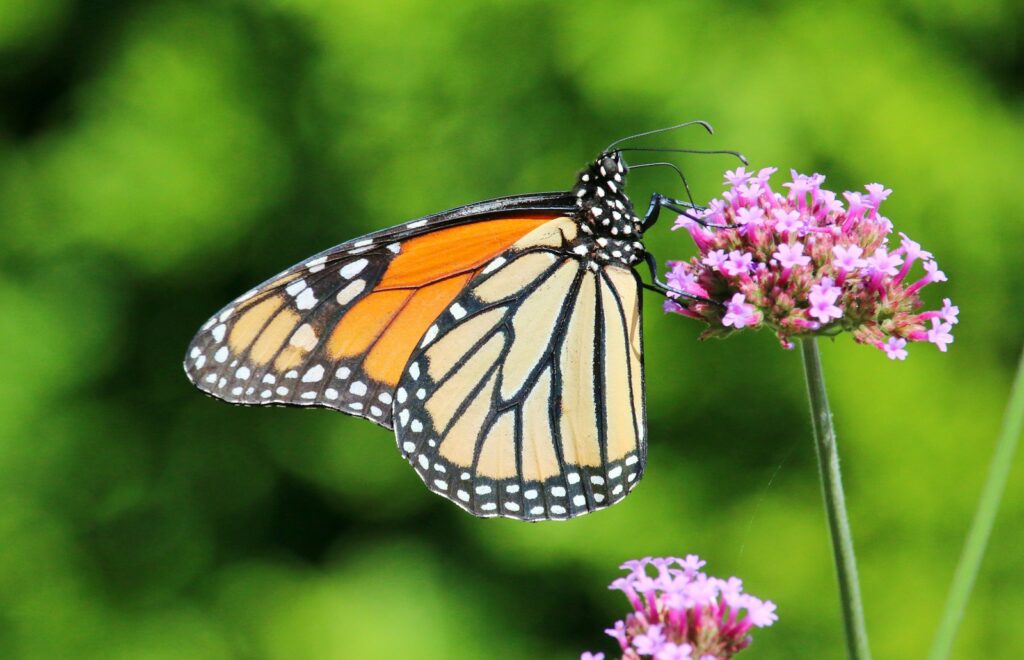
Monarch butterflies rely entirely on milkweed for their larvae. Planting milkweed in your garden directly contributes to the survival of this iconic species, which has been declining due to habitat loss and pesticide use. By planting this fall, you give monarchs an early start in locating safe breeding grounds. This ensures that when spring arrives, your garden will serve as a reliable stopover for migrating butterflies. Supporting monarchs is a simple step toward preserving biodiversity.
2. Attract Pollinators to Your Garden
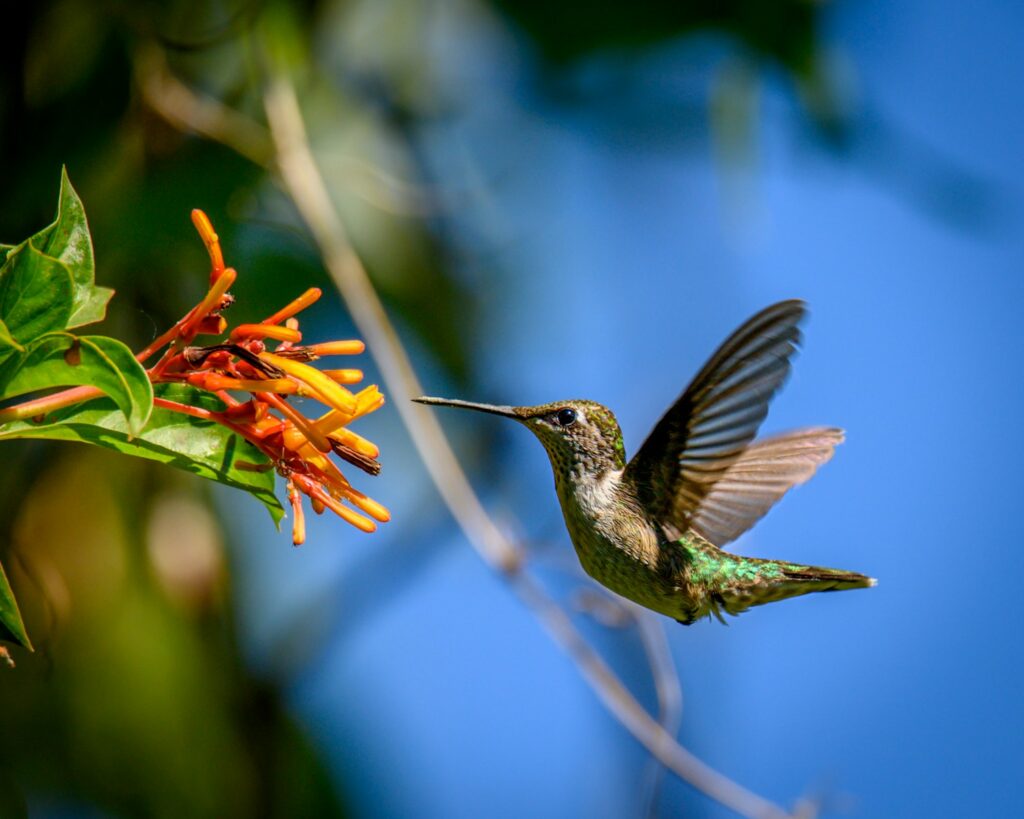
Milkweed flowers are rich in nectar, making them a magnet for pollinators such as bees, butterflies, and hummingbirds. By planting milkweed this fall, you create a garden environment that encourages pollinator activity as soon as spring blooms appear. Increased pollinator presence benefits not only your milkweed but also surrounding plants, improving fruit set and flower production. This natural support system enhances your garden’s overall health and productivity.
3. Easy to Grow and Maintain
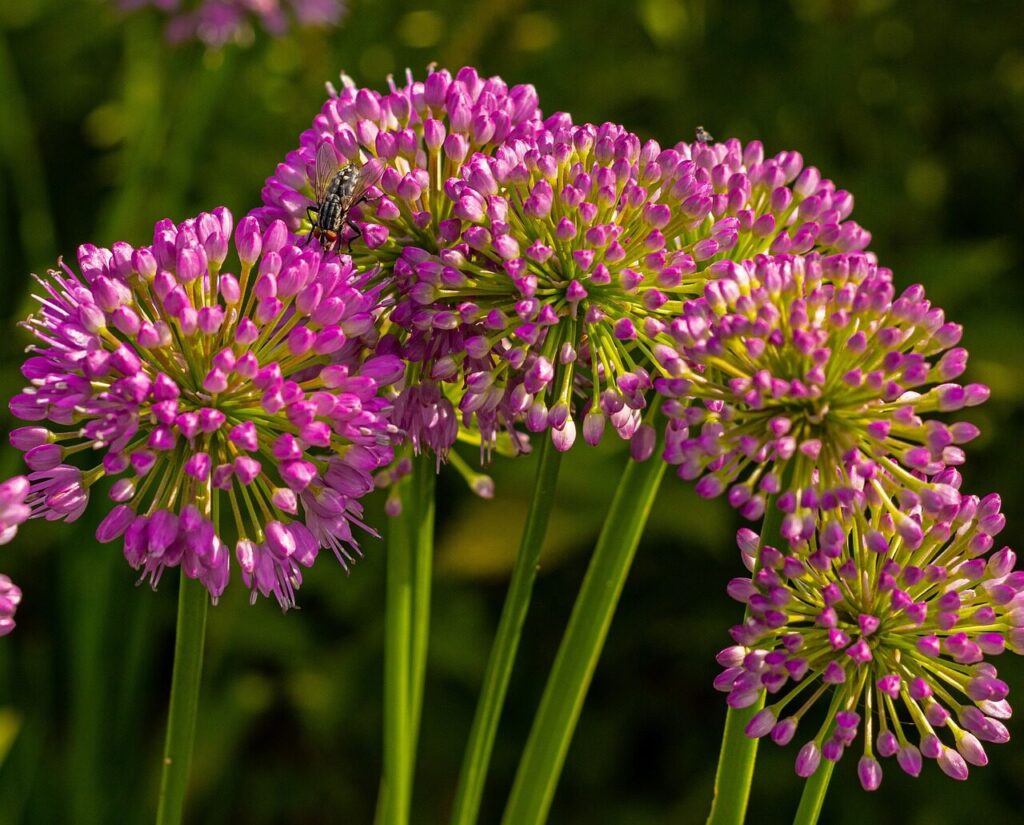
Milkweed is remarkably resilient and adapts to a variety of soil types. Once planted in the fall, its seeds can overwinter naturally, ready to sprout when temperatures rise. Minimal maintenance is required, and most species tolerate drought conditions well. With just a little preparation, like loosening the soil and providing sunlight, your milkweed will establish itself with little effort. This makes it an ideal choice for both novice gardeners and seasoned horticulturists.
4. Contribute to Habitat Restoration

Planting milkweed helps restore natural habitats that have been lost to urbanization and agriculture. It provides essential shelter and breeding grounds for insects, birds, and other wildlife. By introducing milkweed into your garden or yard, you create a small but vital patch of native habitat. Over time, these patches contribute to larger ecological networks, supporting biodiversity and helping local wildlife populations thrive even in urban or suburban settings.
5. Enhance Garden Aesthetics
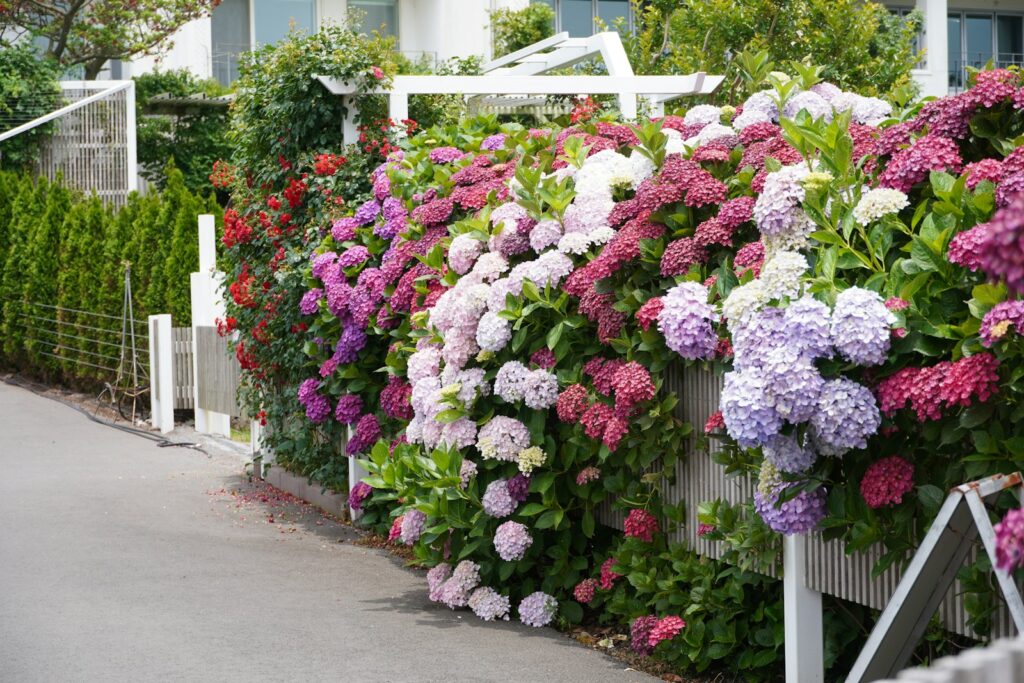
Beyond its ecological benefits, milkweed adds striking visual appeal to gardens. Its clusters of colorful flowers range from soft pinks to bold oranges, attracting attention and providing seasonal beauty. As the plant grows, its tall stems and lush leaves create texture and dimension, enhancing garden design. Planting milkweed in the fall allows it to establish roots before the growing season, ensuring robust blooms that will brighten your landscape and draw admiring eyes in spring and summer.
6. Promote Soil Health
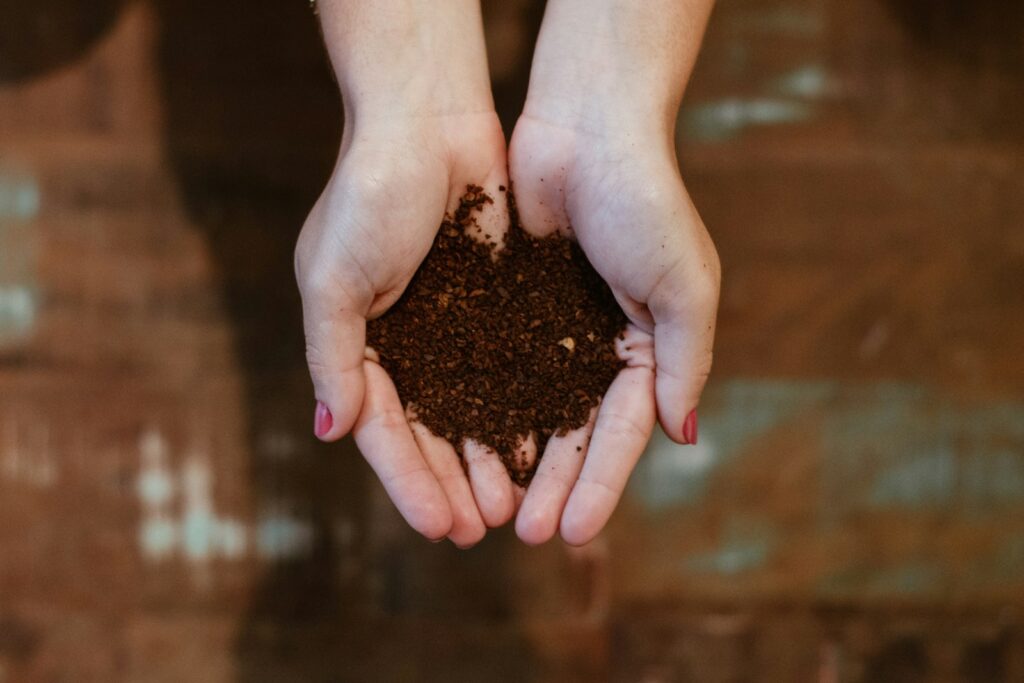
Milkweed contributes positively to soil quality. Its deep roots help prevent erosion, improve aeration, and support soil microorganisms. These roots can also assist in breaking up compacted soil, making it more fertile and better able to retain water. Planting milkweed in the fall gives the soil time to stabilize over winter while adding organic matter when leaves and stems decompose. This process enriches your garden naturally, promoting a healthier ecosystem for future plantings.
7. Encourage Beneficial Insects
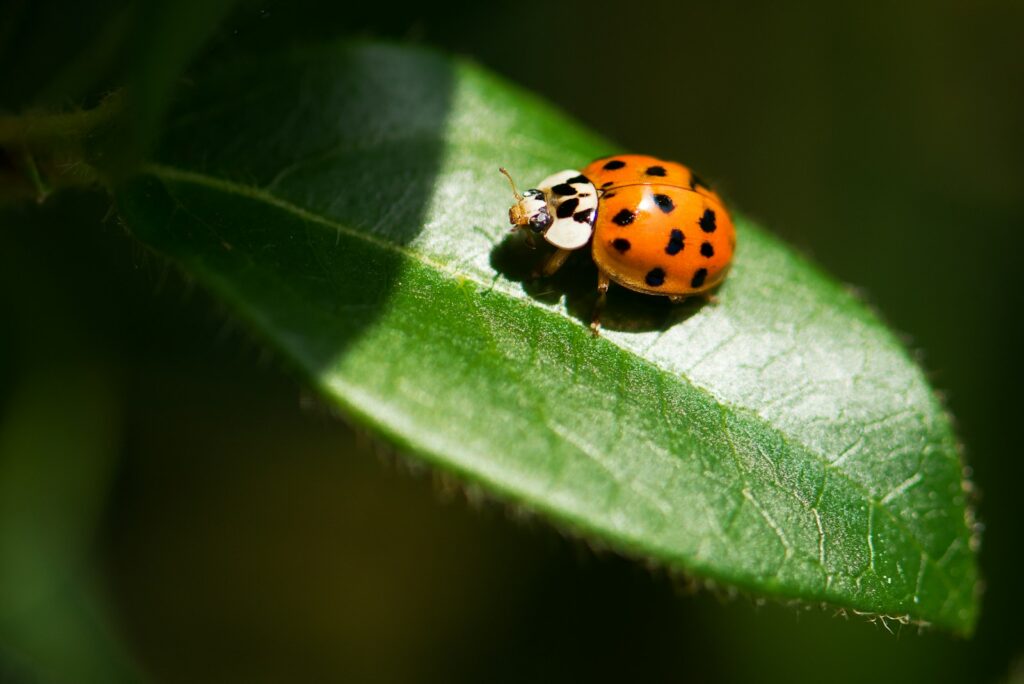
Milkweed attracts not only pollinators but also beneficial insects such as ladybugs and lacewings, which prey on garden pests. By planting milkweed, you can naturally reduce the need for chemical pest control. Early fall planting allows insects to become familiar with your garden, creating a balanced ecosystem. This approach supports sustainable gardening and keeps your garden flourishing with minimal intervention, helping maintain a healthy, thriving environment for plants and wildlife alike.
8. Seeds Require Natural Cold Stratification
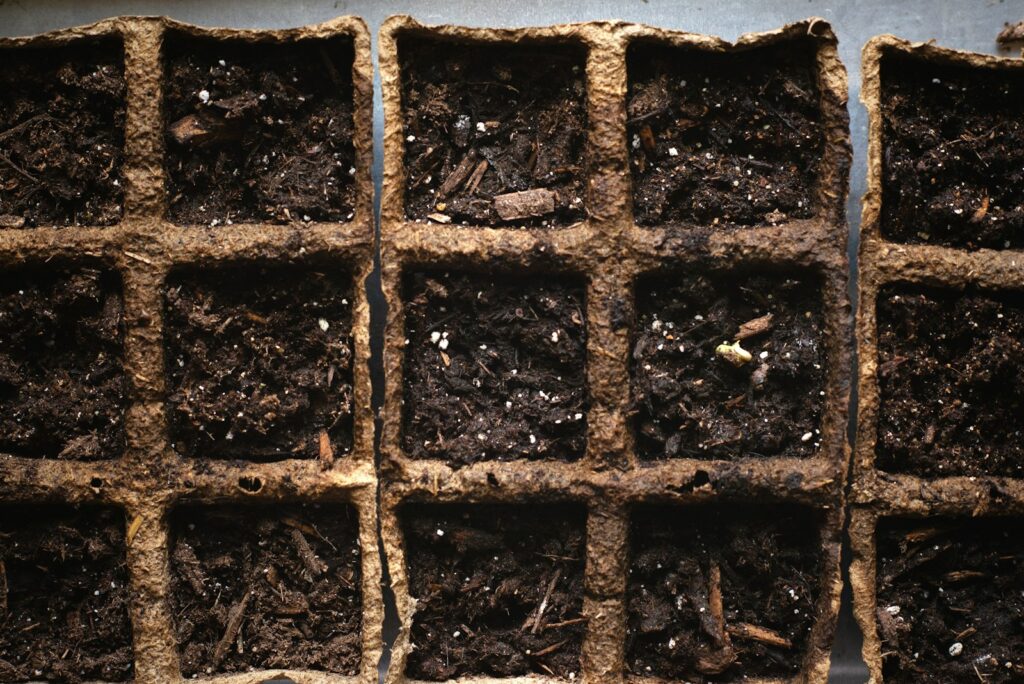
Planting milkweed in the fall allows seeds to undergo natural cold stratification, a process necessary for germination. Exposure to winter temperatures breaks seed dormancy, ensuring higher germination rates in spring. Sowing seeds too late or too early may reduce sprouting success. By timing your planting with the fall season, you mimic natural cycles, giving milkweed the best chance to grow strong and healthy. This simple step improves seedling survival and reduces the need for repeated planting.
9. Contribute to Climate Resilience

Milkweed is highly adaptable to changing climate conditions. Its tolerance for heat, drought, and variable soil types makes it an ideal plant for resilient gardening. By planting milkweed this fall, you establish a foundation for a garden that can better withstand environmental stresses. Healthy, diverse plantings create microhabitats, reducing temperature extremes and supporting wildlife even under harsh conditions. Milkweed’s natural adaptability ensures long-term ecological benefits in your garden.
10. Long Blooming Season
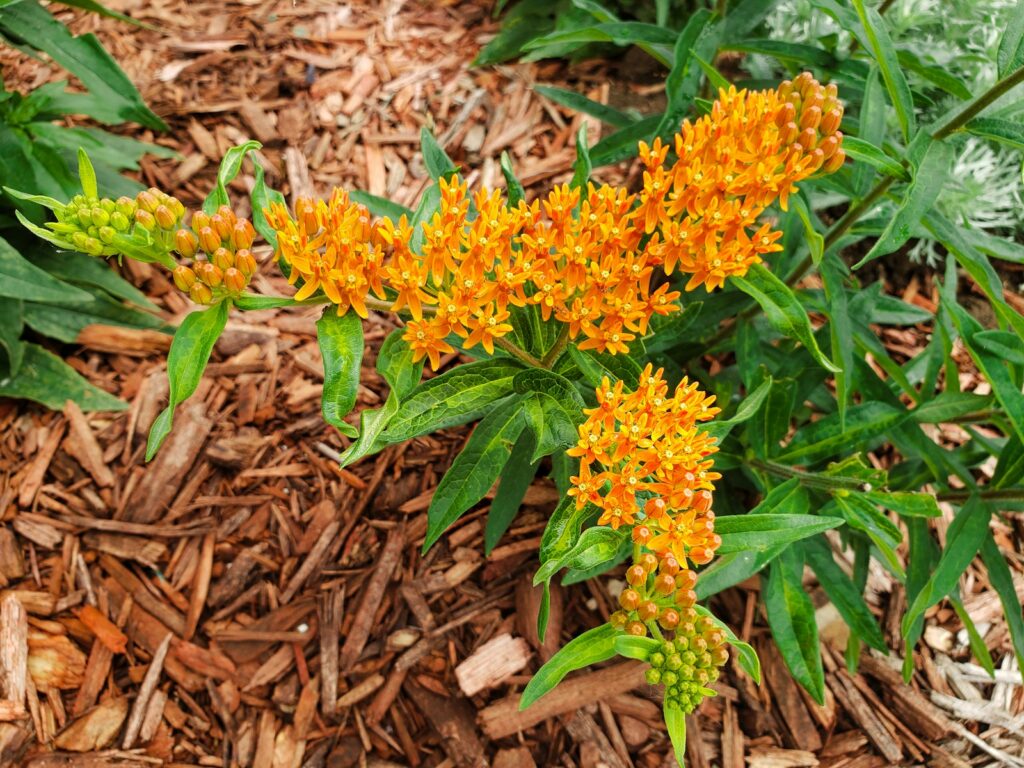
Milkweed produces blooms that last for weeks, offering extended food sources for pollinators. Planting in fall sets the stage for strong spring growth and prolonged flowering through summer. This extended blooming period is particularly valuable when other nectar sources are scarce. Your garden becomes a reliable refuge, sustaining wildlife throughout critical months. By ensuring steady blooms, you help pollinator populations thrive, creating a garden that is both beautiful and ecologically supportive all season long.
Comments